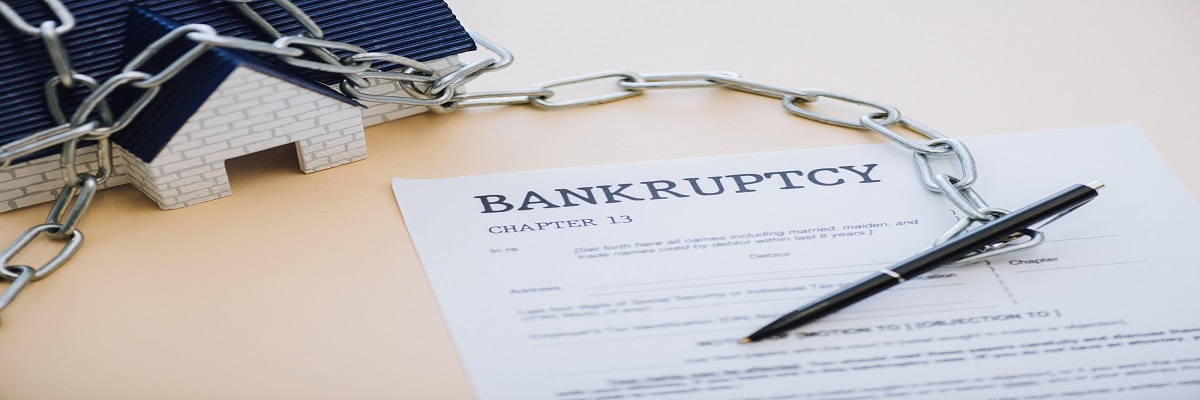Call: 888-297-6203
It is important to understand your creditors and under what categories which debts will go when you file for bankruptcy. Since this is the basic foundation when you file – you need to disclose as well as classify all your debts.
Classification is generally as Secured debts and unsecured debts. The unsecured debts are further classified into priority and Non-priority.
How to List Creditors Claims
Once you file and complete the official paperwork, your bankruptcy case is registered in court. The official paperwork comprises of – Cover document also called the petition. It is in the petition where you furnish all basic details like – your name, address as well as the chapter under which you are filing for bankruptcy. It is here that you also need to mention – your income, creditors’ Debts along with all your assets. All this is done on forms known as Schedules.
There are 2 types of credit claims –
- Schedule D – Secured Claims – These include mortgage, car payments, and other assets secured by collateral.
- Schedule E/F – Unsecured Claims – These include Unpaid taxes, child support, alimony, along with other non-priority debts.
What are Secured Claims?
A secured claim is basically when a creditor has collateral against you for the debts you owe him. So, a secured claim is mostly voluntary, that is when you purchase an asset like a car or a house you pledge another asset as collateral, for instance when you cannot repay the borrowed amount.
So, a creditor who has a secured loan has a lien on one of your assets which he can repossess or foreclose in situations when you cannot repay. In certain circumstances like when you purchase a credit card, the creditor gets an involuntary lien against your property.
Common examples of secured bankruptcy claims –
- Mortgage
- Car loan
- Real estate tax
- Other property liens
All these with the details will be mentioned under Schedule D – Creditors Who Hold Claims Secured By Property.
Treatment of Secured Claims in Bankruptcy
A creditor who has a secured claim is generally safe even if you file for bankruptcy. Since filing for bankruptcy does not get rid of your lien. So, even if you file for bankruptcy under chapter 13, you have to repay the amount to the creditor under the 3-5 years Repayment plan to prevent foreclosure on your property.
However, if there is equity in the house of car, there are high chances that the trustee might sell the property. Therefore in such a situation, the trustee must return the exemption amount to you (the equity percent that is protected with you), and pay the creditors with the remaining balance.
How can you eliminate liens in a bankruptcy
- Any lien that impairs your bankruptcy exemptions can be gotten rid of
- You can wipe out the unsecured lien in chapter 13
What are Unsecured Claims?
Any creditor who does not have a lien falls under unsecured claims. There are 2 types of unsecured claims-
- Priority – These are non-dischargeable debts and will be paid off with the balance amount after paying the secured claims. Examples include – alimony, child support, tax obligations
- Non-Priority Claims – These get the least priority. However, despite student loans falling into this category, they are also non-dischargeable. Other that falls under this category are – credit cards, utility bills, personal loans
While filing for bankruptcy If you are in any doubt, do not forget to get in touch with the experts – call 888-297-6203, they will guide you thoroughly with the best course of action.

